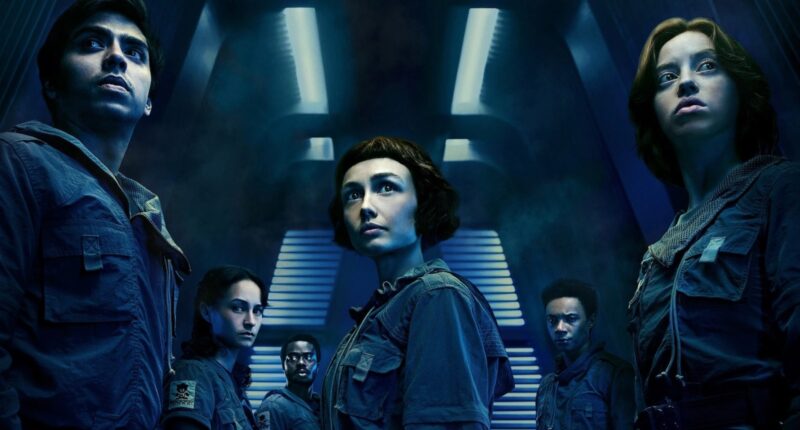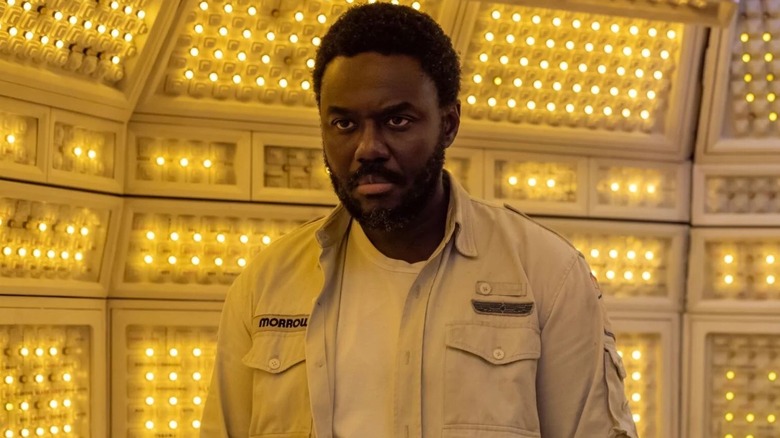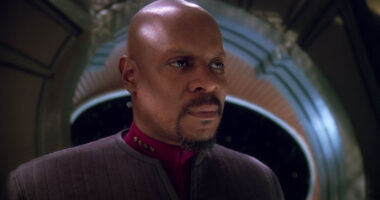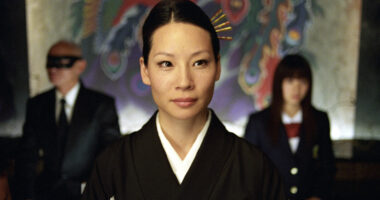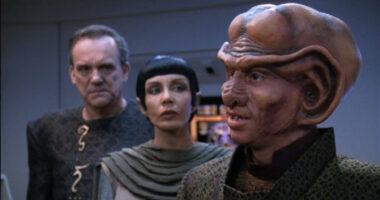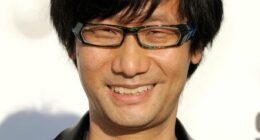Share this @internewscast.com
When fans check out “Alien” projects, their main attraction is often the variety of Xenomorphs that may appear. However, the franchise delves deeper than just extraterrestrial threats, exploring androids and the essence of human nature. The latest in the series, FX’s “Alien: Earth,” introduces three types of human-machine hybrids. For those unfamiliar with these concepts, Looper has an explainer video available.
One of the most fascinating elements in the “Alien” narrative is the concept of hybrids. In the first episode of “Alien: Earth,” Prodigy CEO Boy Kavalier (played by Samuel Blenkin) creates a new fusion of humanity and machinery. The process involves transferring a dying child’s mind into a synthetic adult body, resulting in the entity known as Wendy (portrayed by Sydney Chandler). This breakthrough could potentially allow humans to live indefinitely by shifting their consciousness into repairable robotic bodies.
Following Wendy’s successful transformation, Prodigy pushes forward with producing more hybrids, continuing the practice of placing terminally ill children into synthetic forms. This situation naturally sparks numerous ethical dilemmas, such as questioning if these hybrids truly retain their former identities post-transfer. Although Wendy remembers her brother (portrayed by Alex Lawther), it raises the question of whether she is genuinely his sister or merely a creation owned by Prodigy Corp. These profound ethical considerations received commendation in Looper’s review of “Alien: Earth.”
Alien: Earth also has cyborgs and synthetics
In “Alien: Earth,” hybrids are the latest innovation, showcasing the most advanced union of human and machine, by integrating a human consciousness into an artificial body. Before their emergence, humanity already developed synthetics and cyborgs, both of which are also featured in the series.
Kirsh, played by Timothy Olyphant, represents a synthetic, an artificially intelligent entity with a physical presence. Characters like Kirsh draw parallels with Ash from the original 1979 “Alien” film, sharing the characteristic of having programmed directives, such as ensuring a Xenomorph’s delivery to Earth. The franchise often portrays synthetics as prone to errors, possibly motivating companies like Prodigy to seek more advanced creations to supersede them.
The series also introduces a cyborg character named Morrow (played by Babou Ceesay), who leads security on the Weyland-Yutani Corporation’s vessel USCSS Maginot. Though he boasts synthetic elements, like a versatile robotic arm, Morrow was originally human and possesses human emotions. However, his human qualities sometimes seem diminished, as seen in Episode 1 of “Alien: Earth,” where he displays a willingness to endanger his crew to secure the transport of alien specimens, including the Xenomorph, to Earth.
Hybrids, synthetics, and cyborgs represent humanity’s race for immortality. Is it possible for mankind to go beyond its fleshy exterior and ascend to something new? The “Alien” movies have dabbled with this idea before, but “Alien: Earth” takes it a step further. Check out Looper’s video on all three of these guises to make sure you don’t get lost as you watch “Alien: Earth” on FX.
